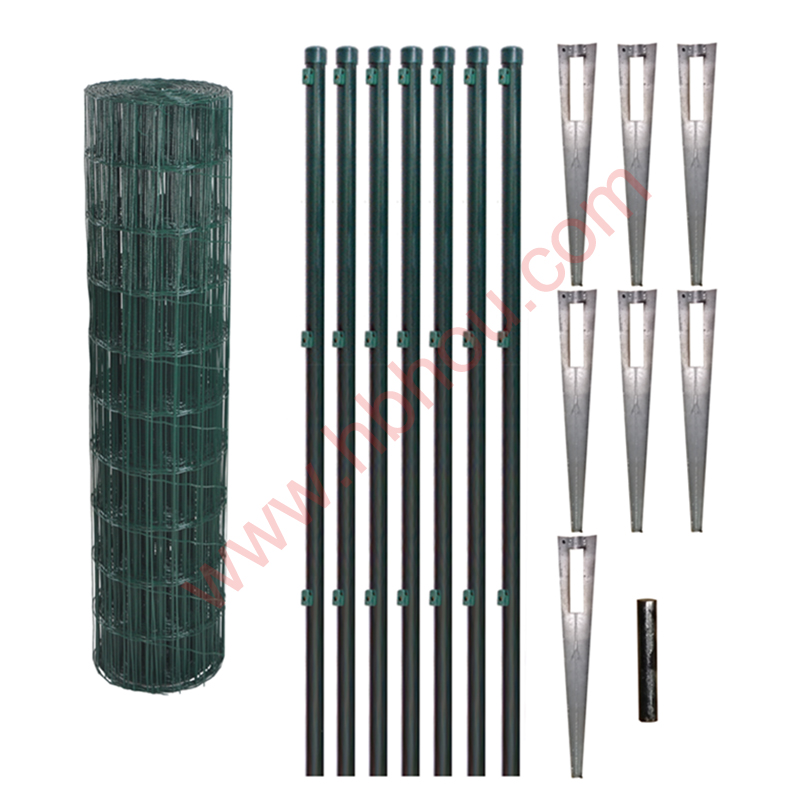Catching Wild Hogs in Traps An Effective Management Strategy
Wild hogs, also known as feral pigs, have become a significant issue in various parts of the world, particularly in the United States. Their rapid reproduction and adaptability have led to an increase in their populations, resulting in considerable damage to crops, property, and native ecosystems. One of the most effective management strategies for controlling these invasive animals is the use of traps.
Catching Wild Hogs in Traps An Effective Management Strategy
To successfully catch wild hogs in traps, one must consider several key factors. Firstly, the design of the trap is crucial. There are different types of traps, including corral traps and box traps, and the choice of trap often depends on the specific situation and the behavior of the hogs in the area. Corral traps, which are larger and can accommodate multiple pigs at once, are particularly effective for capturing sounders.
catching wild hogs in traps

Next, baiting the trap is essential. Wild hogs are known for their keen sense of smell, making them easily attracted to food. Common baits include corn, fruits, and commercially available hog attractants. It is important to bait the trap in advance, allowing the hogs to become comfortable and associate the area with food before the trap is set.
Location is another critical factor. Placing the trap in areas where hogs frequently travel or feed will significantly increase the chances of a successful catch. Look for signs of hog activity, such as tracks, rooting, or rubs along trees and fences. Setting the traps along these routes can greatly enhance your likelihood of success.
Timing also plays a role in effective trapping. Wild hogs are most active during dawn and dusk, so setting traps in the early morning or late afternoon can yield better results. It is advisable to monitor the traps regularly, both to assess their effectiveness and to prevent non-target animals from being caught.
In conclusion, trapping wild hogs is a practical and humane approach to managing their populations. By carefully considering the design of the trap, the bait used, the location, and the timing, individuals can significantly reduce the negative impact of wild hogs on their property and surrounding ecosystems. With proactive measures, we can protect our agricultural lands and maintain the delicate balance of local wildlife.
















